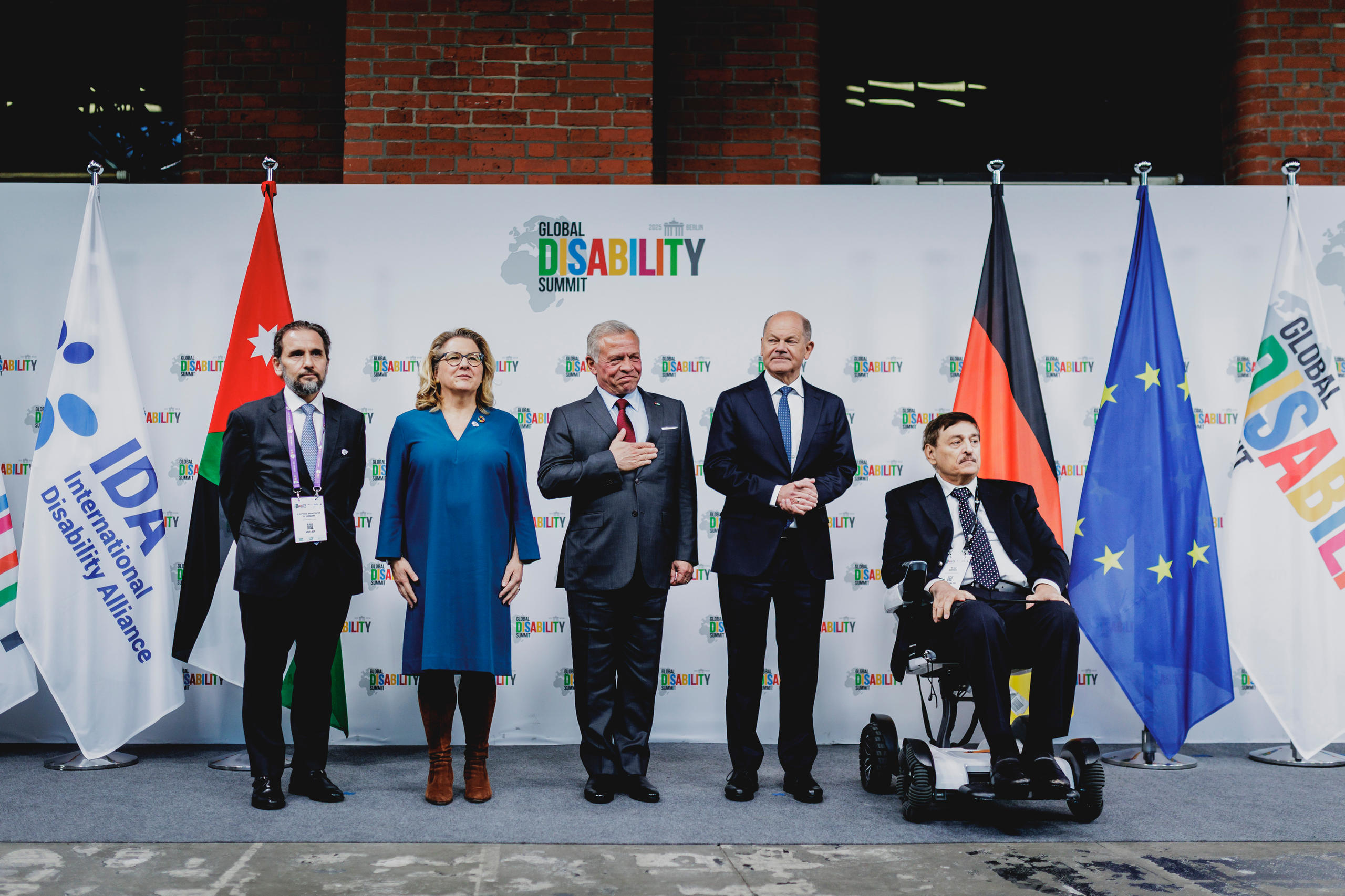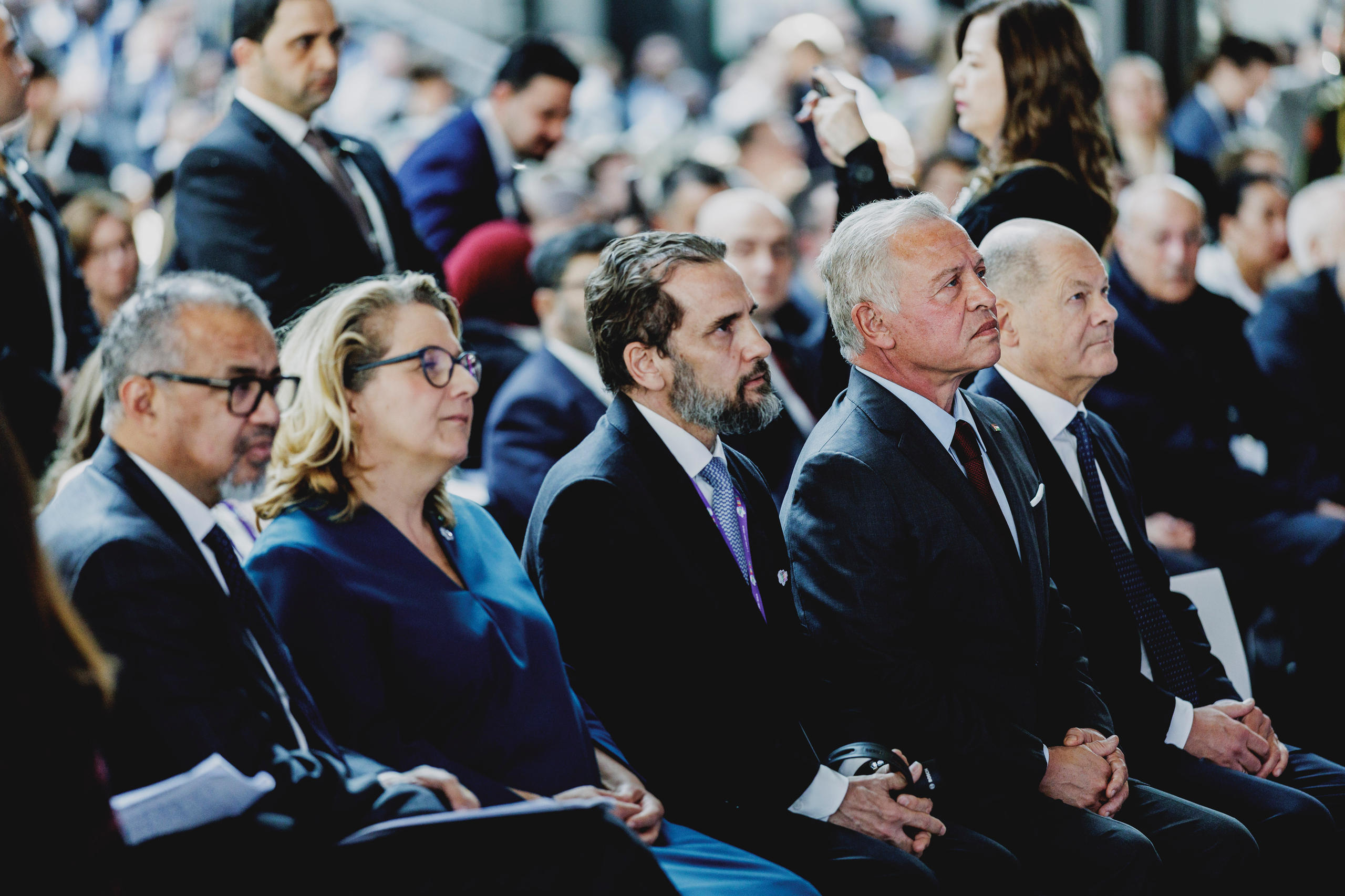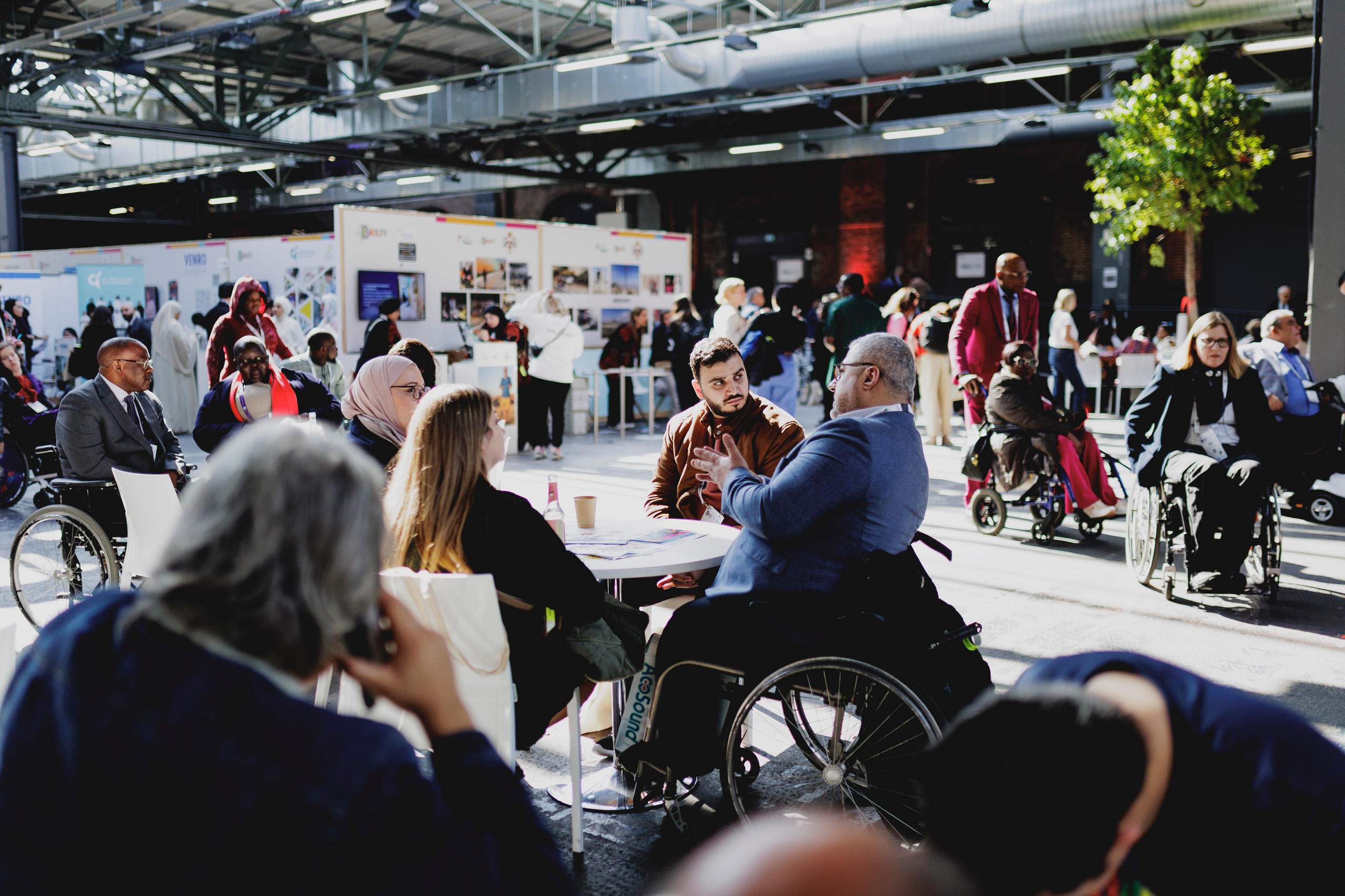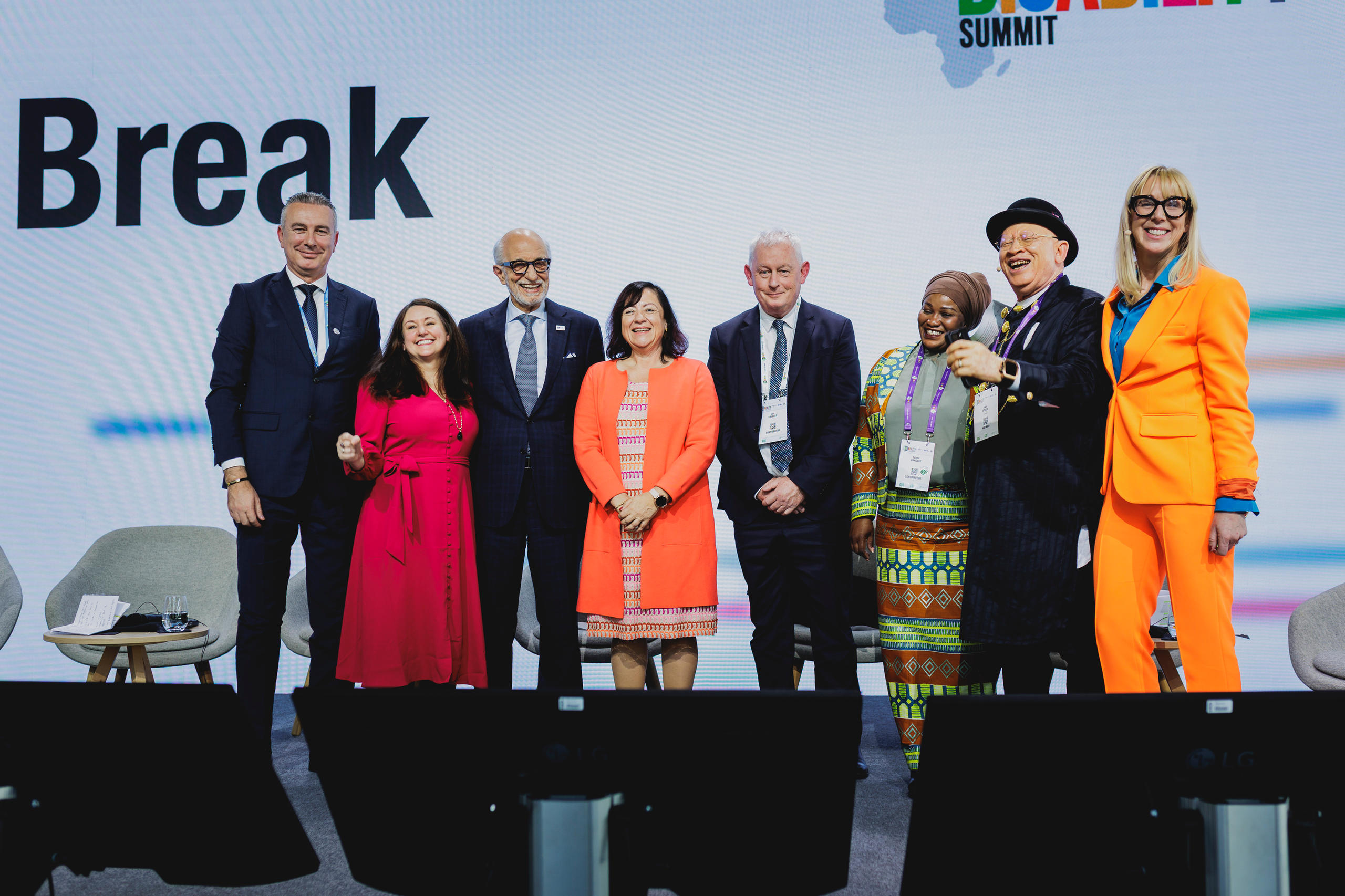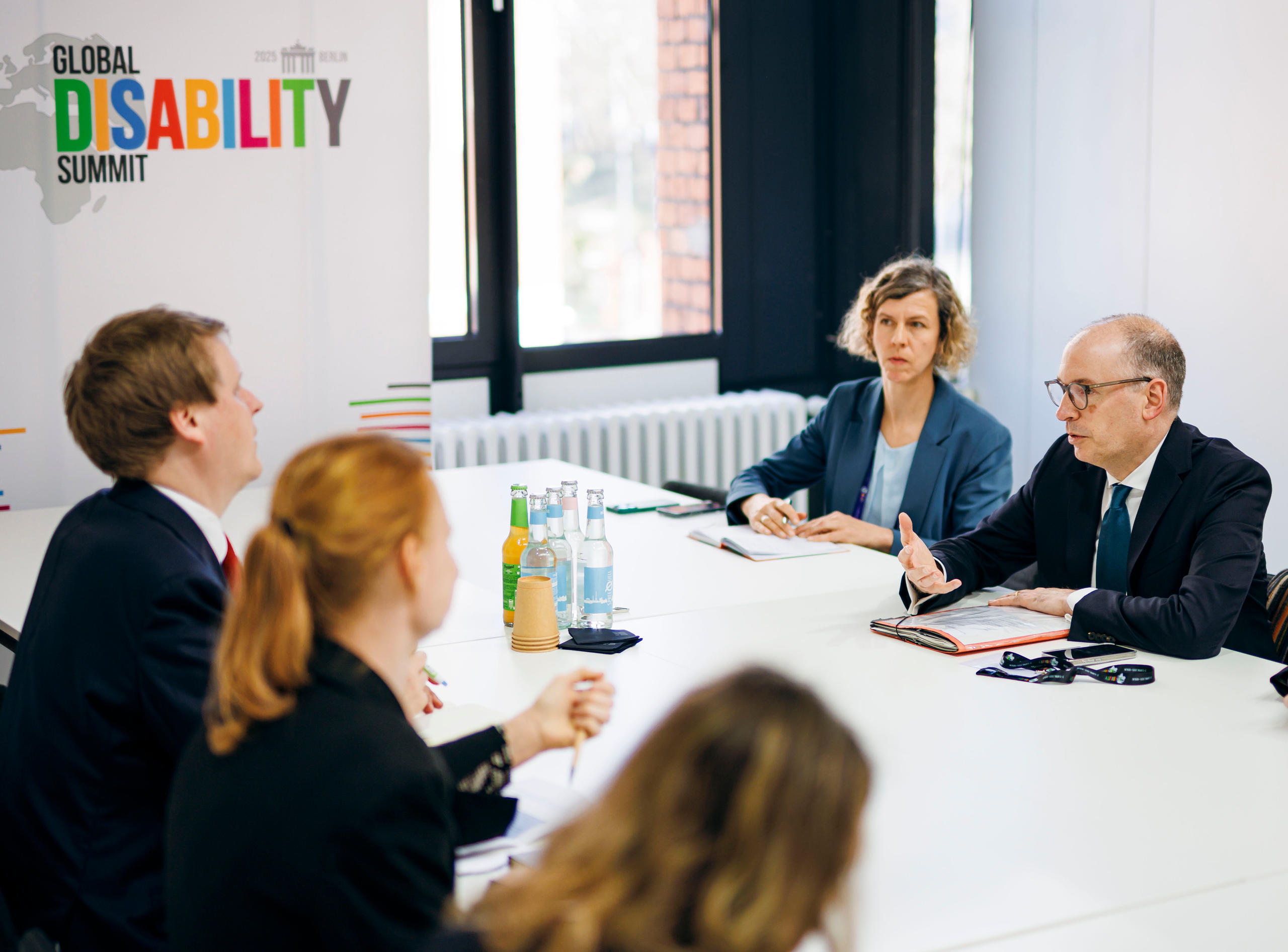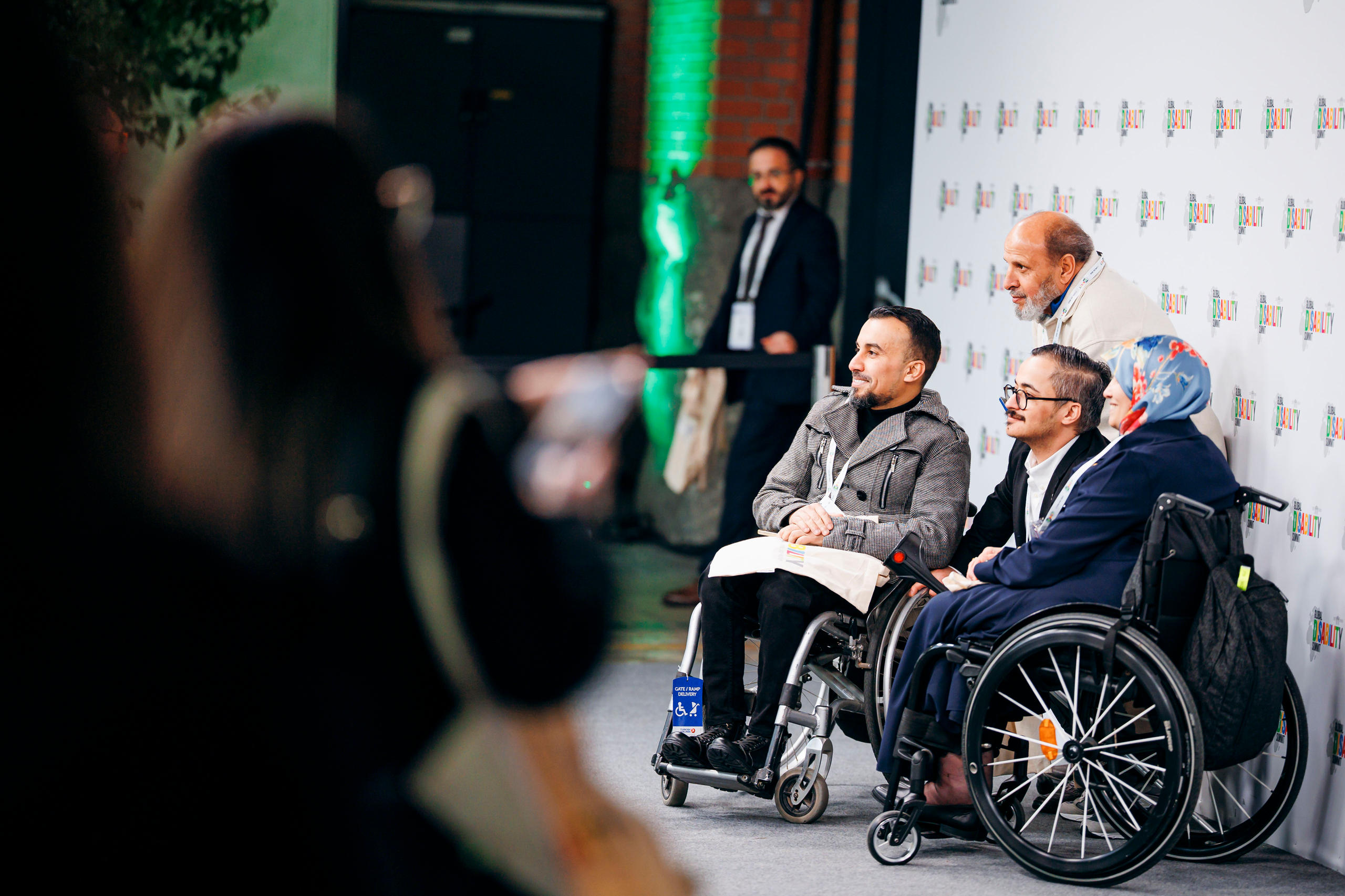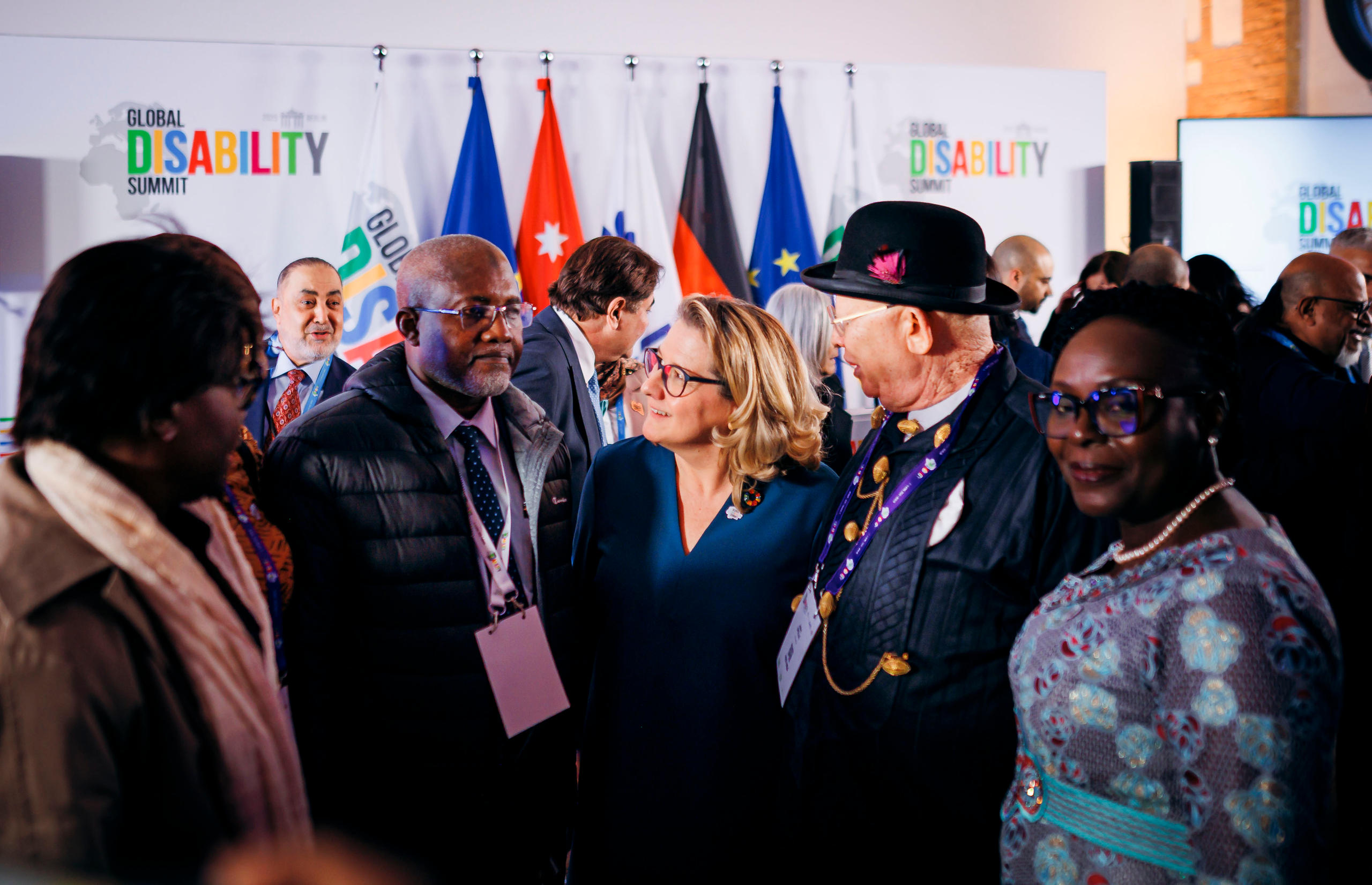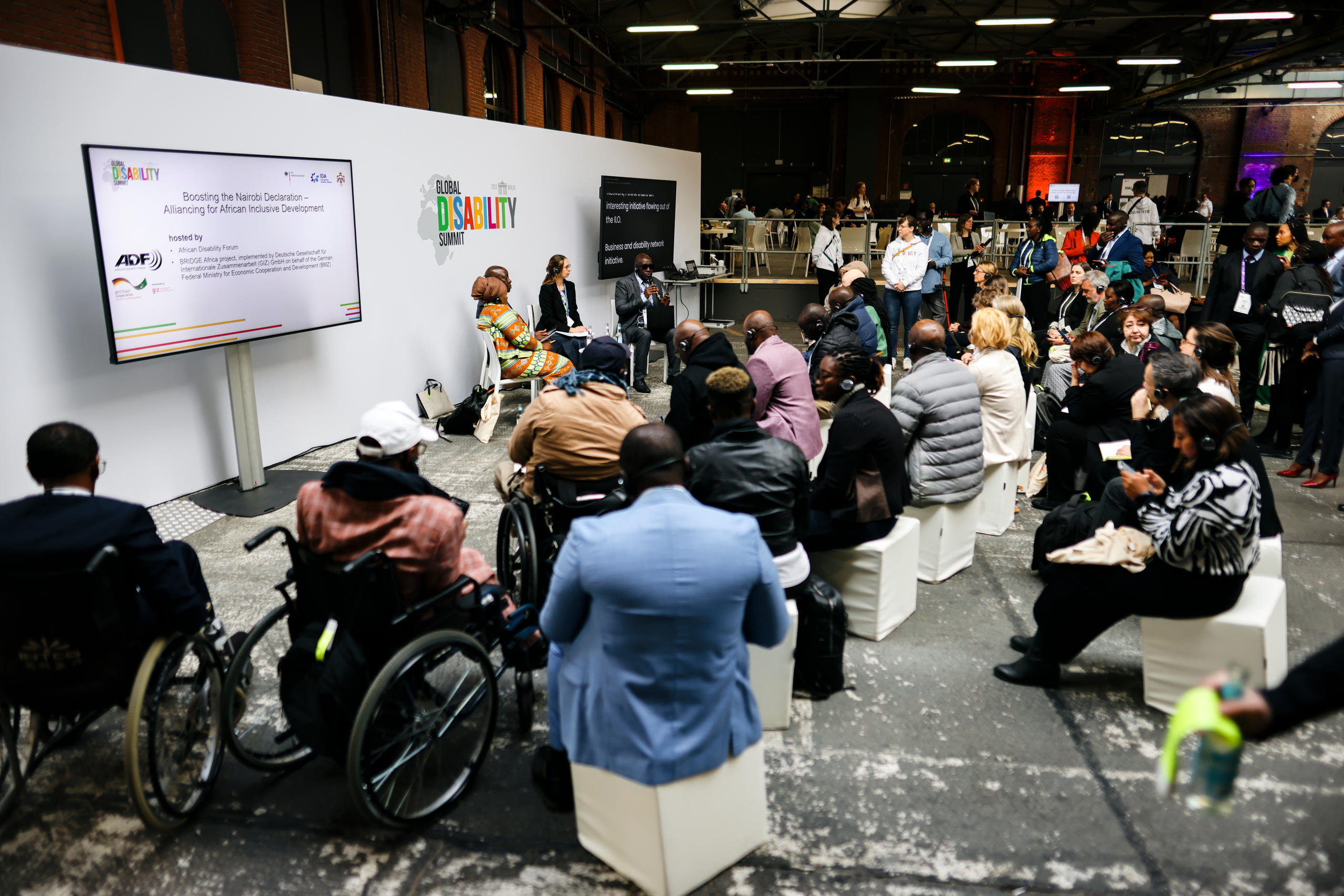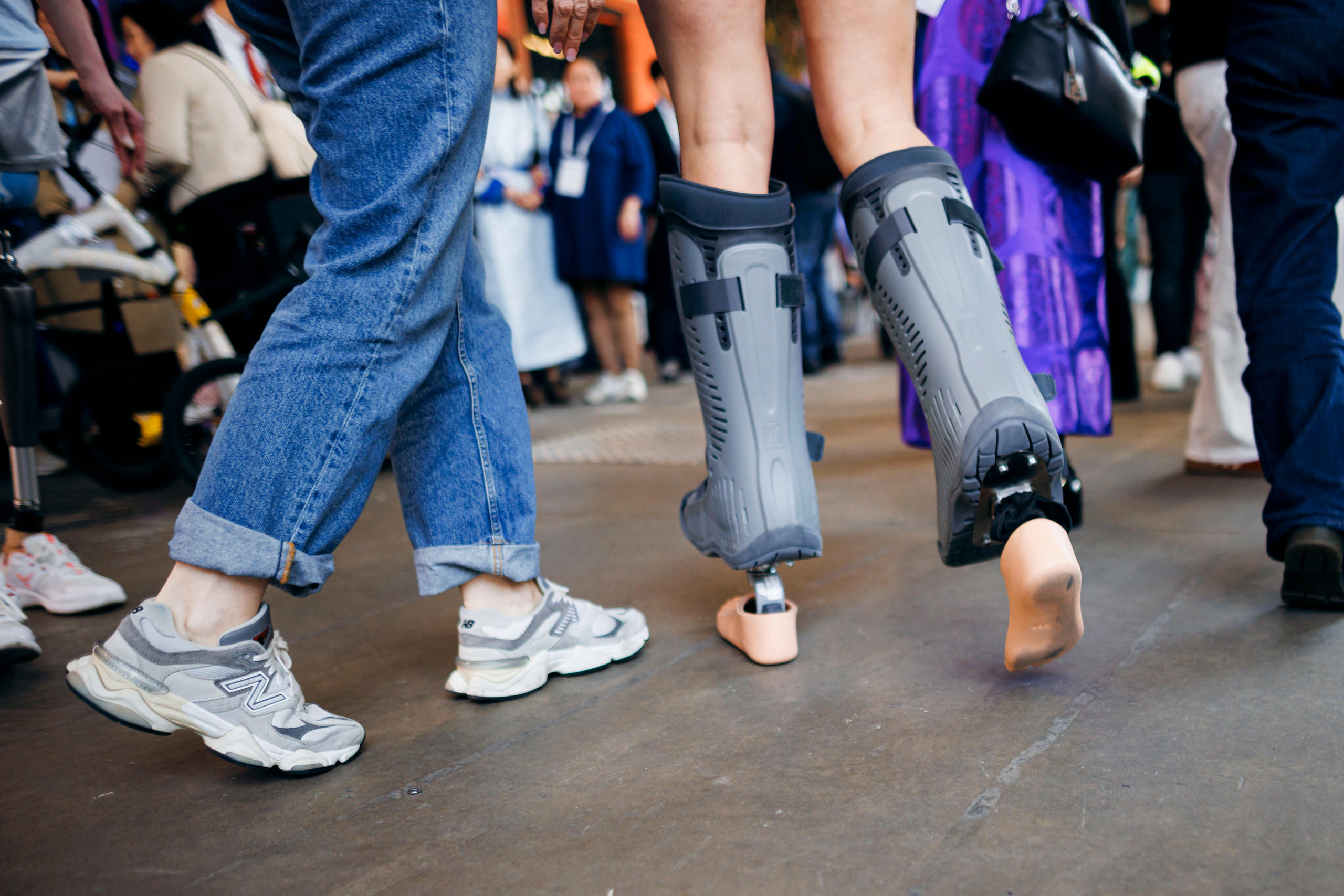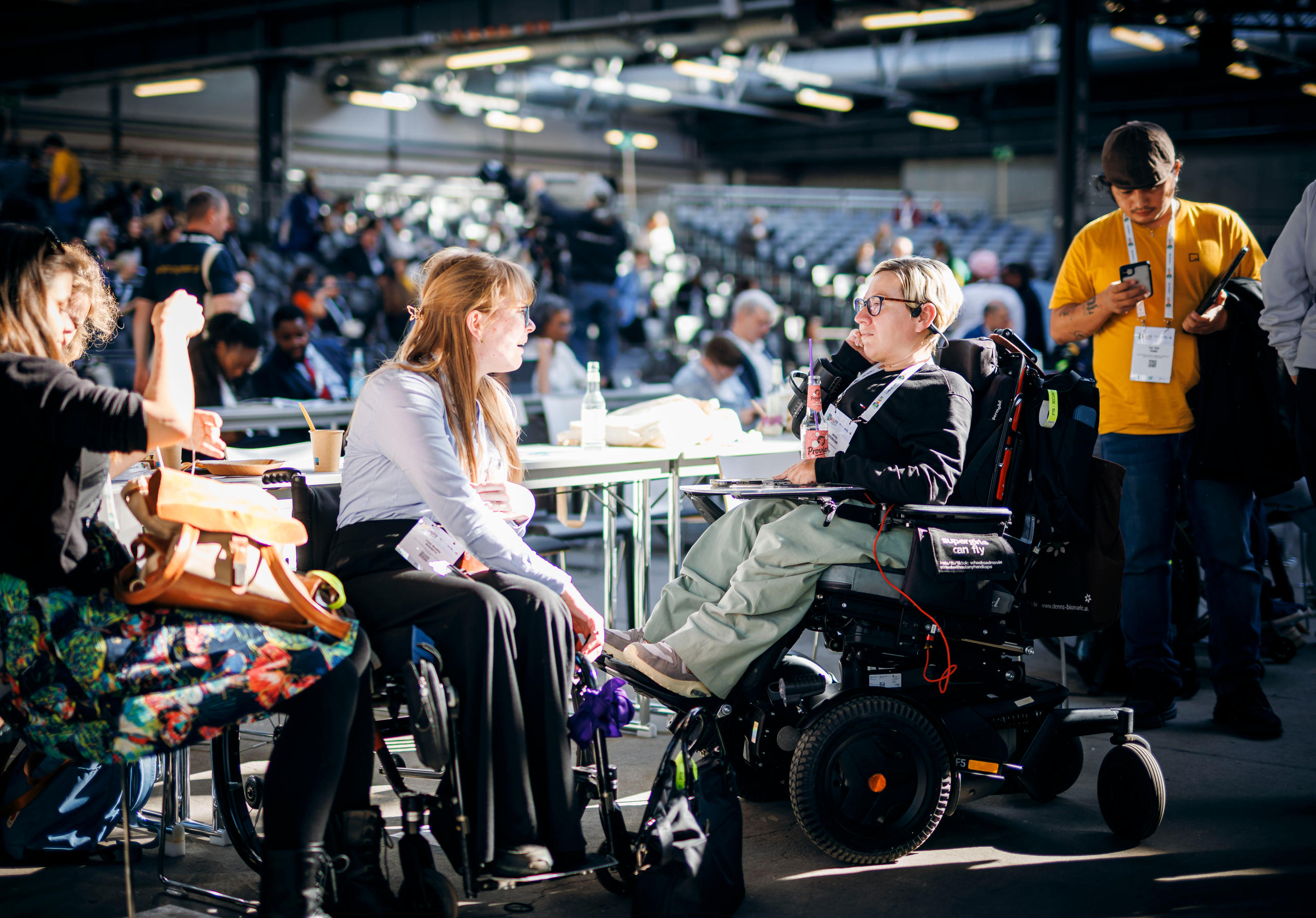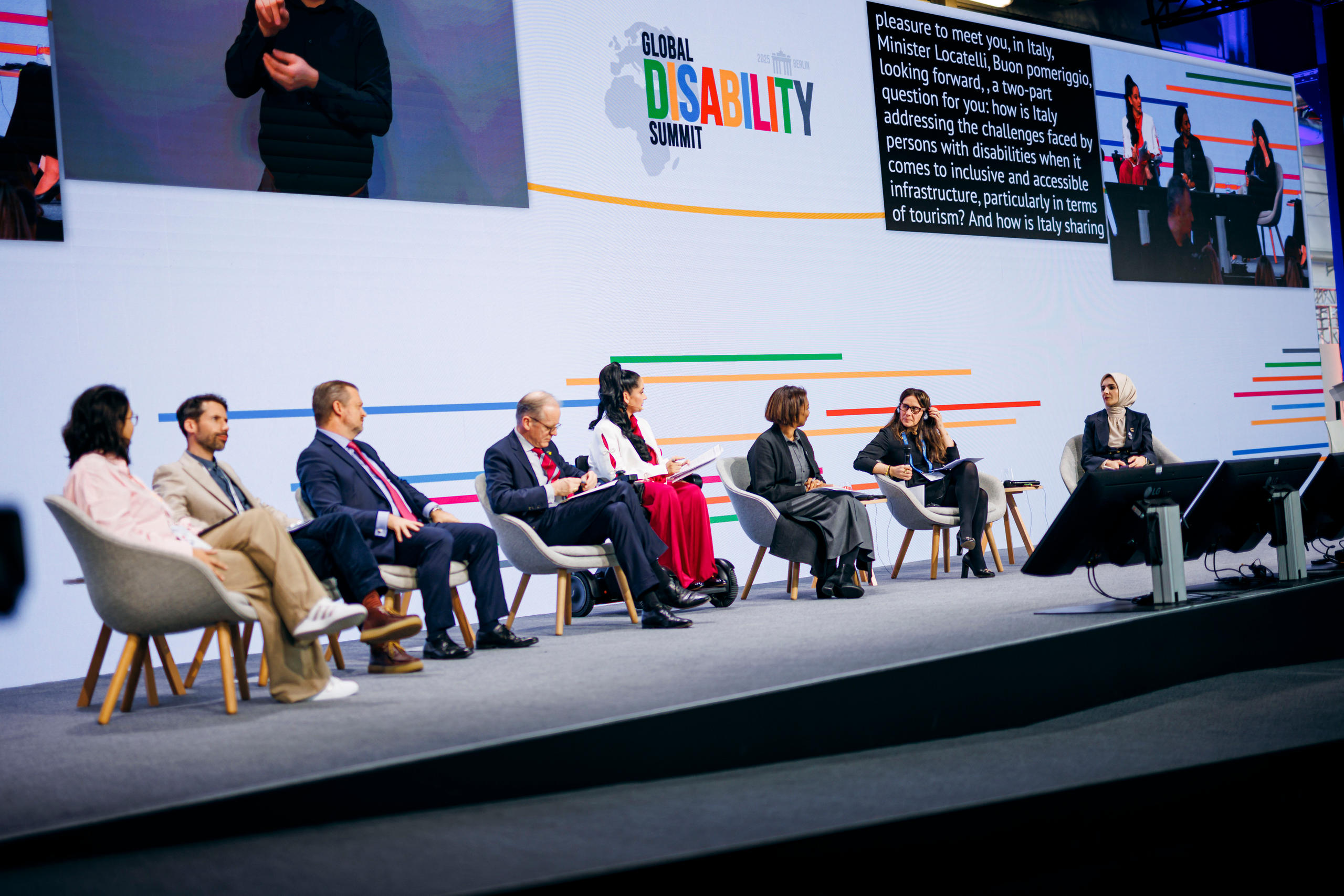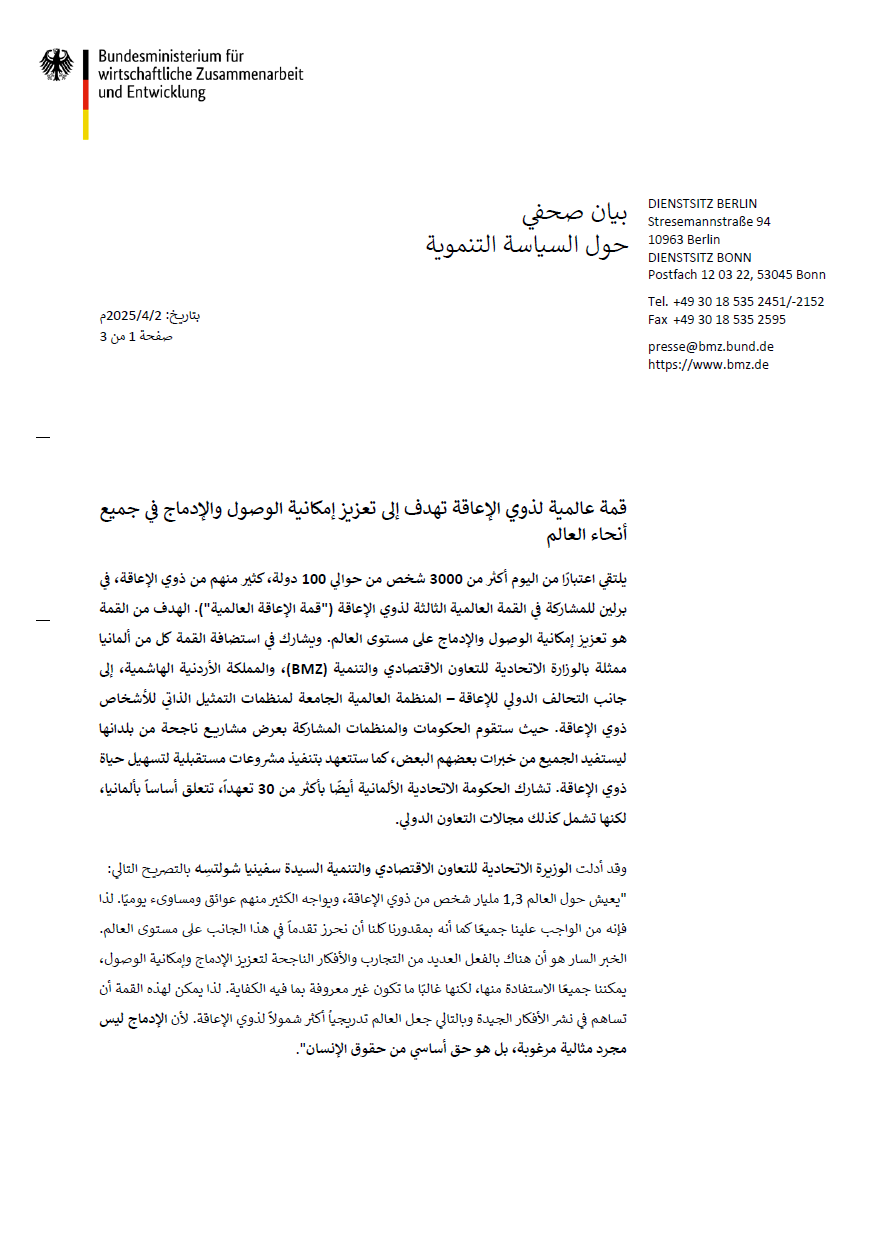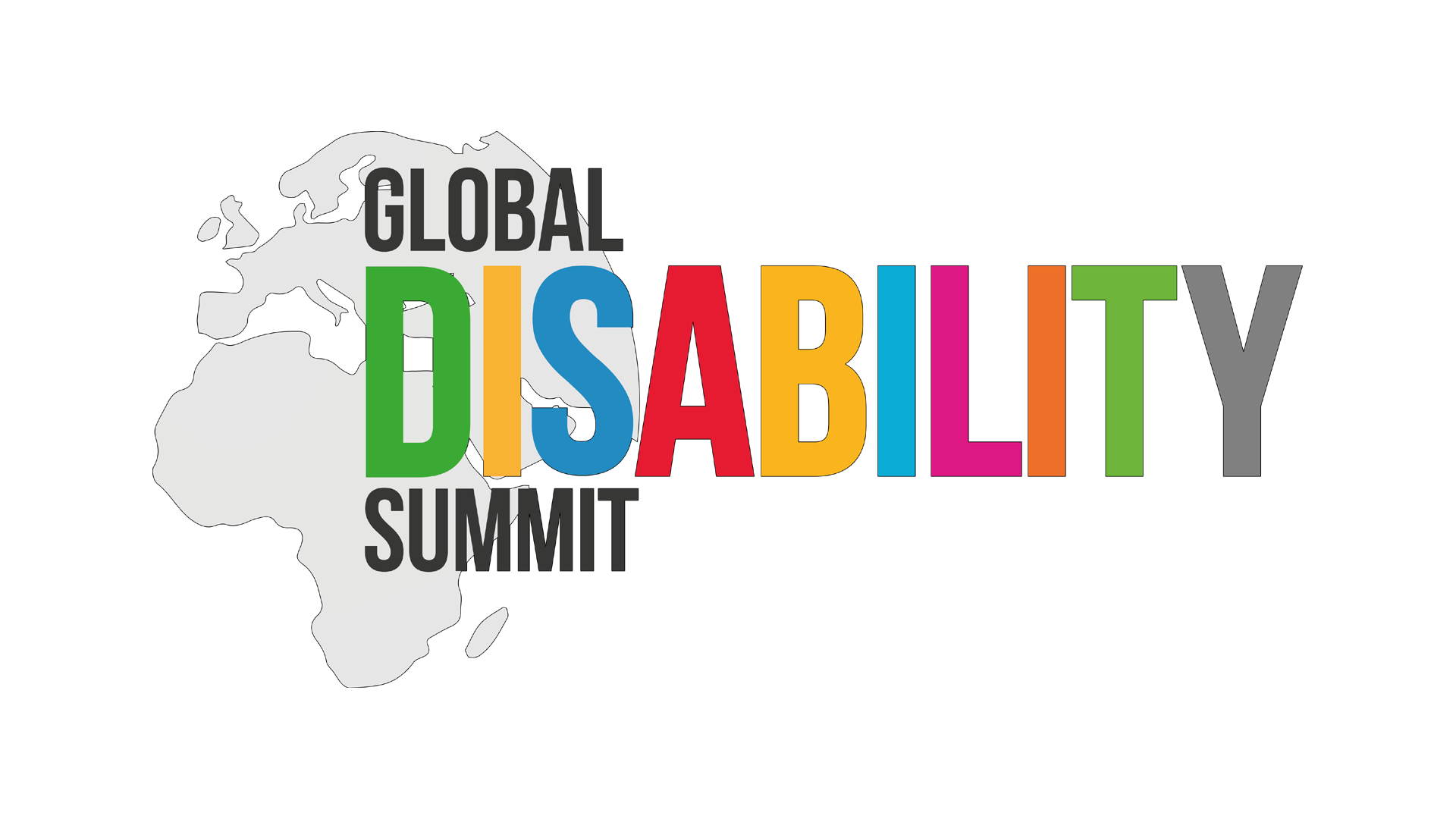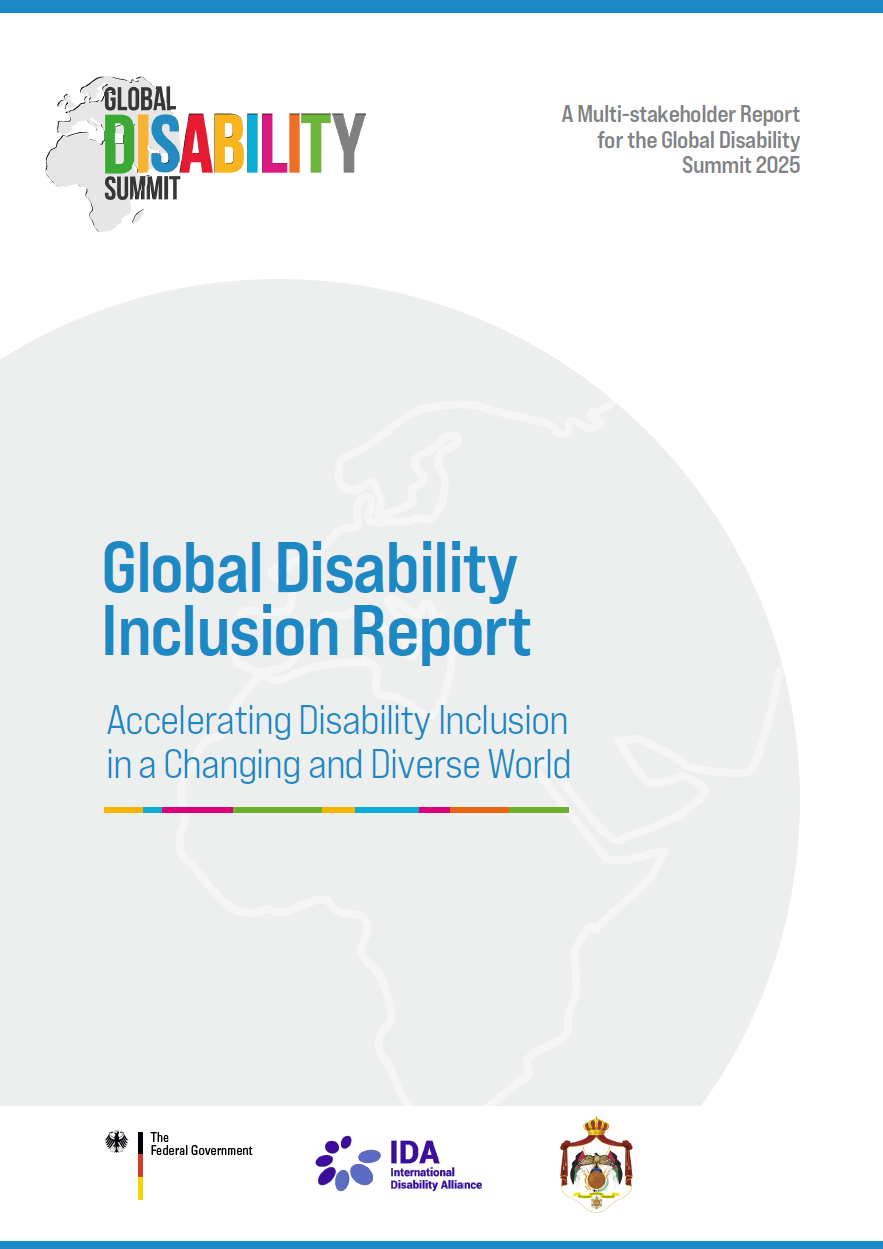Global Disability Summit (GDS) Global summit for persons with disabilities to advance accessibility and inclusion worldwide
Development Minister Svenja Schulze said, “There are 1.3 billion people worldwide living with disabilities. Many of them face numerous barriers and disadvantages in their daily lives. We all must and can improve that – everywhere in the world. The good news is that there is a lot of experience out there and ideas for more inclusion and accessibility from which we and others can learn. Often, however, these best-practice examples are little known. This summit can help to spread good ideas and thus, little by little, make the world more inclusive for persons with disabilities. As it is, inclusion is not just a desirable ideal, it is a fundamental human right.”
Persons with disabilities account for about 15 per cent of the world’s population. Not including these people adequately also means that societies are losing something – the International Labour Organization ILO estimates that as much as 7 per cent of the gross domestic product of a country could be lost.
All governments and organisations that are attending the global summit are called upon to make concrete commitments. These can range from small stand-alone measures to larger systemic changes. Germany is contributing a total of 34 commitments. The Federal Ministry for Family Affairs is working together with associations to improve the prevention of and protection against violence, including in home care situations. The Federal Ministry for Transport is promoting the development of an app to make it easier for persons with disabilities to use public transport. Everyone can upload information on accessibility in trains and busses, at stations and stops and thus contribute to an information system for accessible travel.
The Development Ministry, too, is presenting concrete contributions toady which are aimed at raising the profile of inclusion in international cooperation. Under a debt swap operation, the German government is paving the way for the Jordan government to not pay back five million euros in debt to Germany but instead invest this sum in inclusive education for children with disabilities.
The BMZ is also supporting efforts to establish an inclusive City Hub – a network of urban developers, social associations, development banks and others that is aimed at making cities more accessible for persons with disabilities. By the end of 2026, pilot projects are to be implemented in six selected cities worldwide. In the Philippines, for example, the focus is on disaster early warning systems. This involves developing solutions to ensure that alerts are received by all people and that evacuations are well prepared – including for people who do not hear the sounding sirens, do not see warning signs or depend on a wheelchair.
The summit is to end tomorrow with the adoption of the Amman-Berlin-Declaration. This is a commitment by the countries and organisations to ensure that at least 15 per cent of their development projects promote the inclusion of the more than 15 per cent of persons worldwide with disabilities.
The Global Disability Inclusion Report which was commissioned by the Federal Development Ministry will also be presented tomorrow. The study that was coordinated by UNICEF is aimed at improving the data base on the situation of persons with disabilities –meeting a request that has been repeatedly brought forward by associations and advocacy organisations. According to the study, persons with a disability have a life expectancy that is 14 years shorter than the worldwide average for persons without a disability. The gap is 23 years for the poorest countries and 10 years for the wealthiest. Access to therapies and assistive devices also varies greatly. While 88 per cent of the persons with disabilities in the wealthiest countries are able to benefit from assistive devices such as prosthetics, wheelchairs or hearing aids, it is only 11 per cent in the poorest countries. And while the rate of physiotherapists in the wealthiest countries is more than 900 per one million inhabitants, it is less than 30 in poorer countries. Similarly, there are more than 300 speech therapists per one million inhabitants in countries such as the USA and Australia, while in some African countries it is zero.
